Madre de Dios with its capital Puerto Maldonado. It is located at the confluence of the Madre de Dios and Tambopata rivers, it is the third-largest region of the beautiful country Peru. However, it is the region with the fewest inhabitants. Its territory includes areas of high jungle and low jungle where the Manu National Park, the Tambopata National Reserve, and the Bahuaja-Sonene National Park are located.
An exuberant region with immense forests and extensive rivers that houses a variety of flora and fauna, a branch of paradise, a magical place that, with its colors, its smells, the music of nature and animals surrounds you in a state of absolute peace.
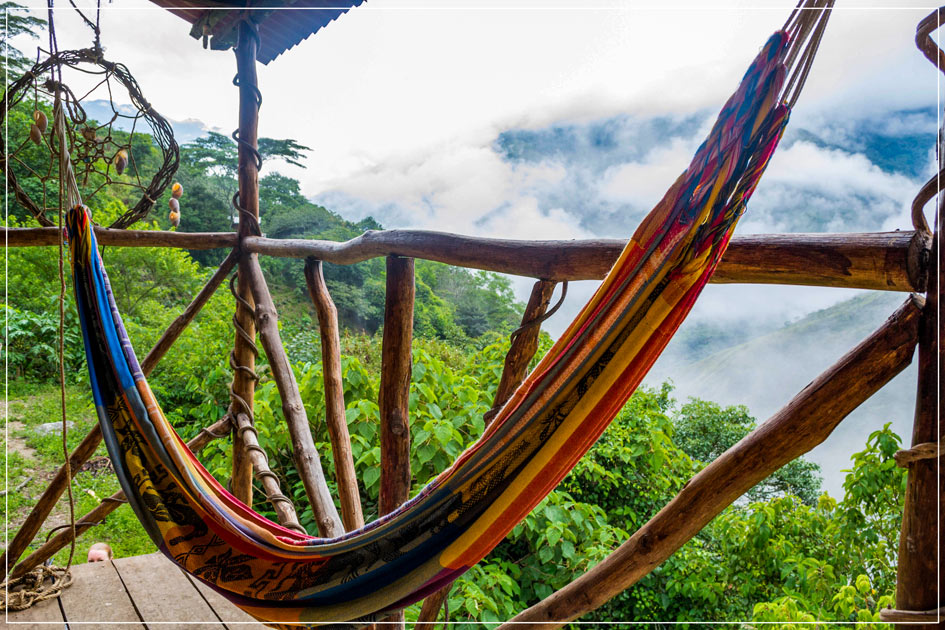
LOCATION AND LIMIT
The department of Madre de Dios is located in the southeastern part of the country. To the north, it limits with Ucayali, to the south and west with Puno, and to the east with Brazil and Bolivia.
The department of Madre de Dios is made up of 3 provinces.
- Manu with its capital the city of Manu has 3 districts: Manu, Fitzcarrald, and Madre de Dios.
- Tambopata with its capital Puerto Maldonado, has 4 districts: Laberinto, Tambopata, Inambari and Las Piedras.
- Tahuamanu with its capital Iñapari, has 3 districts: Iberia, Iñapari and Tahuamanu.
CLIMATE IN MADRE DE DE DIOS
It is of the tropical type: warm and humid. With a temperature of 38 ° C. however, in the months of August and September, the region suffers significant drops in temperature of up to 8 ° C. which are called by the inhabitants of the area as the cold season.
MYSTERIOUS DANCES
The beautiful people of Madre de Dios have a special way of representing their dances with scenes of animal life, legends, myths, and mysteries of the jungle and they perform it with enough joy, which is what characterizes and stands out in them; of which we mention the most representative dances such as:
- The Aguaje
- Ayahuasca
- Changanacuy
- Otorongo
- The Suri
- The Chunchos
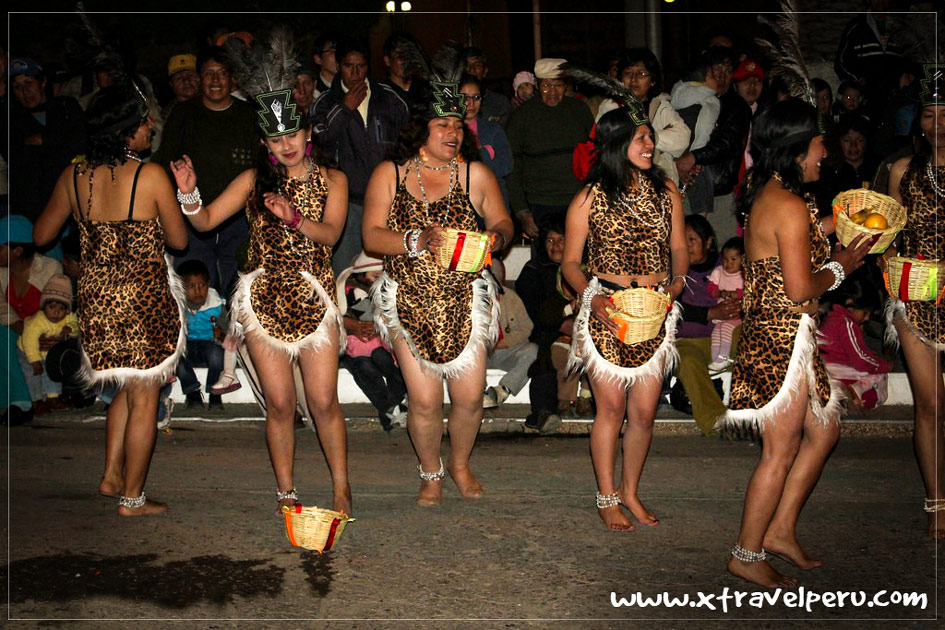
FESTIVITIES
All scheduled national holidays are celebrated in the region. Quite apart from this, the region celebrates important festivities in the area which we can highlight are:
Feast of San Juan (June 24)
This festival is celebrated throughout the Peruvian jungle, with dances, music, and much joy. Madrediosenses every June 24 look forward to celebrating the water that is a vital element in the Amazon, all this accompanied by local bands, sports, typical dances of the area, and the exquisite gastronomy of the region.
Madre de Dios Anniversary (December 26)
Day in which each town in the region dresses up and prepares to participate in different activities such as evenings, sports, gastronomy, dances, songs, and others.
WHAT RIVERS EXIST IN MADRE DE DIOS?
Heath; His name is in memory of the doctor Edwin Heath who sailed it in 1893.
Inambari or Azul; was born in the department of Puno.
Madre de Dios; is the axis of the hydrographic basin, with its origin in the sources of the Pilcopata river.
Manu (Peru); It is born between the basins of Madre de Dios and Urubamba.
Tacuatimanu; is approximately 500 km long and there is a little population in its basin.
Tambopata; was born in the department of Puno with the name of Chicayllane.
Tahuamanu; also known as the river of the turtles.
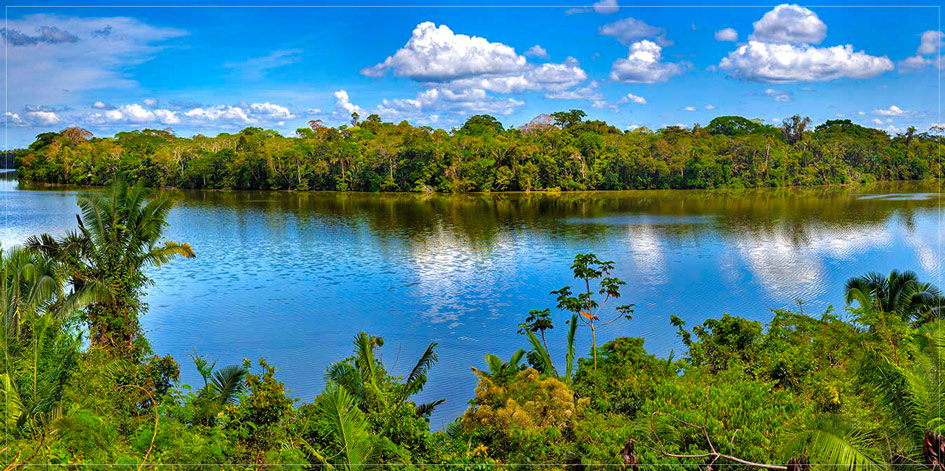
WHAT ETHNIC GROUPS EXIST IN MADRE DE DIOS?
There are 7 ethnic groups in the Madrid region, one of which has disappeared and the other is almost exterminated; where each one differs from the other by its pronounced identity.
Ese’eja (huarayos); This group has had a lot of contact with civilization and they have formed the community of Infierno and Palma Real in Madre de Dios.
Mashiguengas; make up the largest tribe.
Toyeris amarakaeris; are a group that usually walk around naked adorned with abundant tattoos on their bodies.
The Iñaparis; is almost exterminated.
Arasairis; disappeared tribe, its name comes from the Araza river.
Mashcos; are used to cutting their lips and placing colorful feathers.
The huachipáiris and shireneris; walked naked and painted their bodies with a fruit called huito.
THE CRAFTSMANSHIP OF THE JUNGLE MADREDIOSENSE
The crafts of the jungle are as old as man himself, in Madre de Dios you can find ancestral pieces such as arrows, necklaces, clothing, etc. Made from pona (palm tree), seeds, fruits, bird feathers, fish scales such as paiche, tree bark, animal teeth, and others.
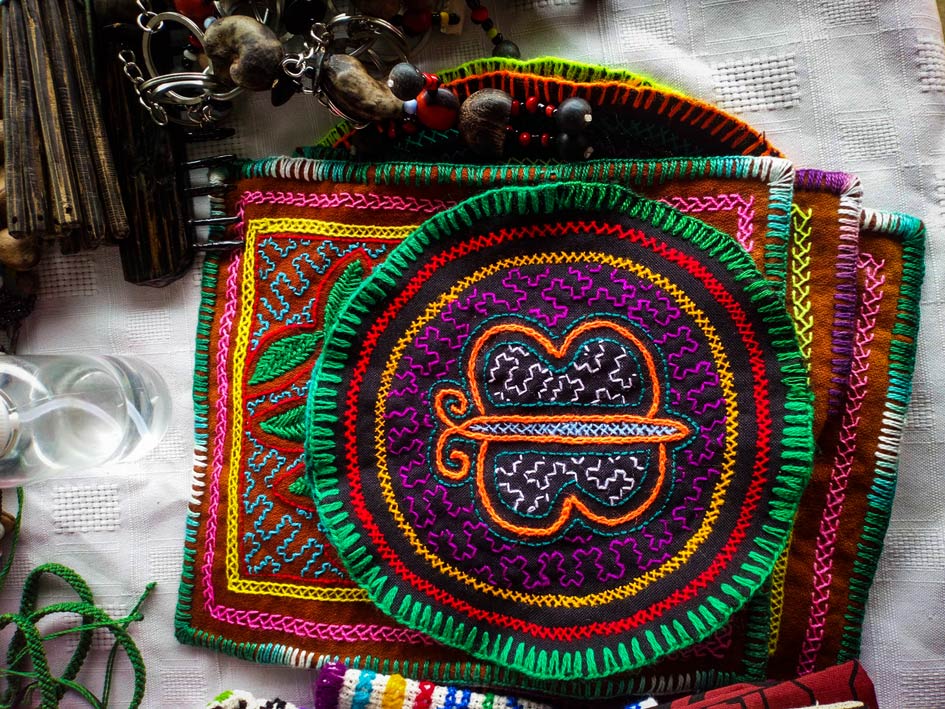
GASTRONOMY
The typical dishes of the Madre de Dios region are prepared with local products such as yucca, rice, green plantain, meat from jungle animals.
What typical dishes can I taste in Madre de Dios?
Patarashca: This exquisite dish is made from fish wrapped in Bijao leaves.
Tacacho with Cecina: Prepared based on crushed green banana accompanied with dried meat known as Cecina.
Chilcano or timbuche: This dish is prepared based on a fish called carachama. The settlers also make it based on other fish from the area, which can be accompanied with boiled yucca, boiled green banana, and also its aromatic herb the Sachaculantro or mountain coriander cannot be absent.
Motelo Soup: Prepared with Motelo meat (a kind of turtle) accompanied with its banana, generally this soup is served in the same shell of the motel.
Asado de Picuro: This dish is not so well known, but it is one of the most representative and delicious made from a wild rodent called picuro.
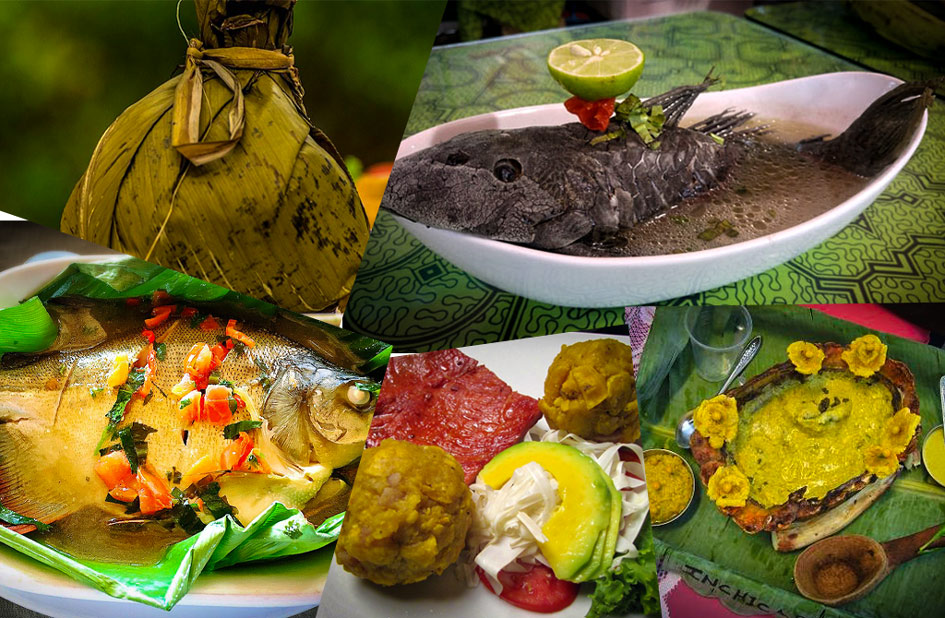
What typical drinks are there in Madre de Dios?
Chapo: It is a kind of porridge made from a crushed ripe banana.
Masato: Traditional drink similar to chicha, prepared from the fermentation of yucca.
Pijuayo Refreshment: Drink made from the same fruit.
Aguajina: Drink widely consumed in the region, made from aguaje.
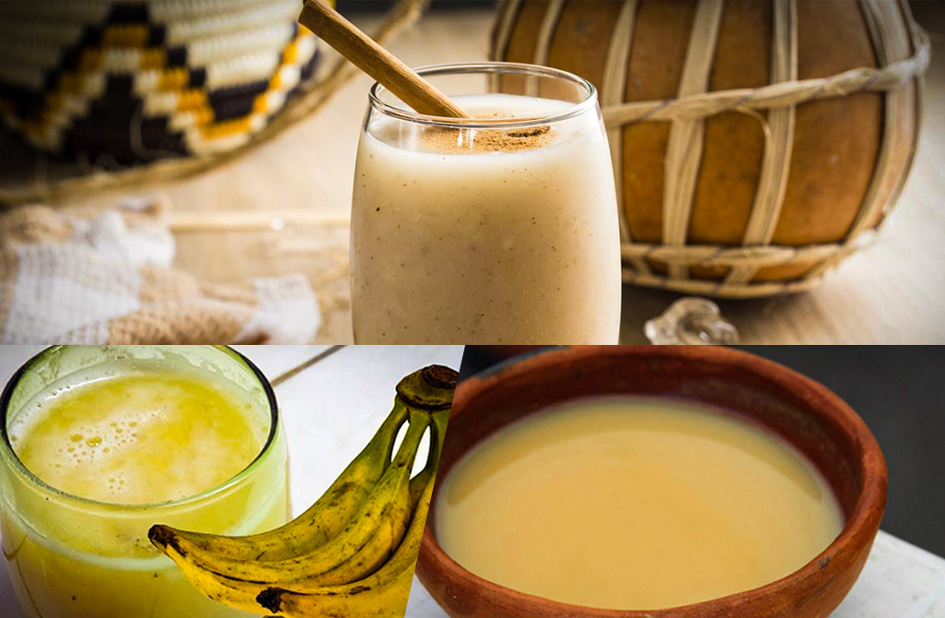
TOURISM IN MADRE DE DIOS
In the capital of biodiversity of Peru, there is the perfect opportunity to get to know the jungle, famous for its sunsets, for its meandering rivers, mysterious lakes, surprising animals, and gigantic trees.
Therefore, in the jungle, everything is related to walking, hearing, and observing. When traveling the trails of Madre de Dios, what you have to do is listen delicately to each whistle, each sound; observe carefully every detail and movement to discover the magic of Madre de Dios, accompanied by the singing of the birds and the sound of the rivers.
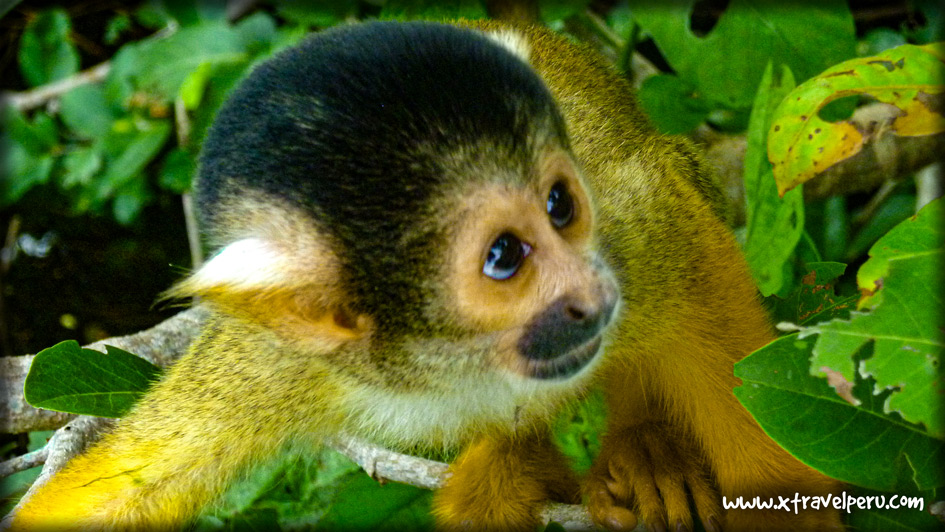
It is so in Madre de Dios is somewhat difficult to pick one place as the most beautiful place in the jungle, because everything around the forest and all activities that can be performed on it is really impressive and making that decision is quite complicated. Each visitor is delighted with the joy of its people, its rivers, gorges, abundant wildlife; no doubt that feeling of being in paradise you live alone in the jungle and best in madrediosenses land where life abounds in every corner and find the peace that always waits on a vacation. Live it yourself!
WHAT PLACES TO VISIT IN MADRE DE DIOS
- Manu National Park.
- Tambopata National Reserve.
- Sandoval Lake.
- Bahuaja Sonene National Park, has 1 091 416 ha. encompassing the departments of Puno and Cusco, where fascinating animals live such as the harpy eagle, the giant anteater, and others.
- Obelisk or viewpoint of biodiversity, the tower located in the center of the city, from where you can see the city of Puerto Maldonado and the surroundings.
- Tambopata Butterfly Farm, if you are a butterfly lover, we recommend this place where you will see a variety of butterflies and it is very close to the city of Puerto Maldonado.
- Amazon Shelter Rescue Center, located 20 minutes away, you can observe animals in their natural habitat very closely.
- Various macaw clay licks, where you can appreciate the variety, sizes, and colors of macaws.
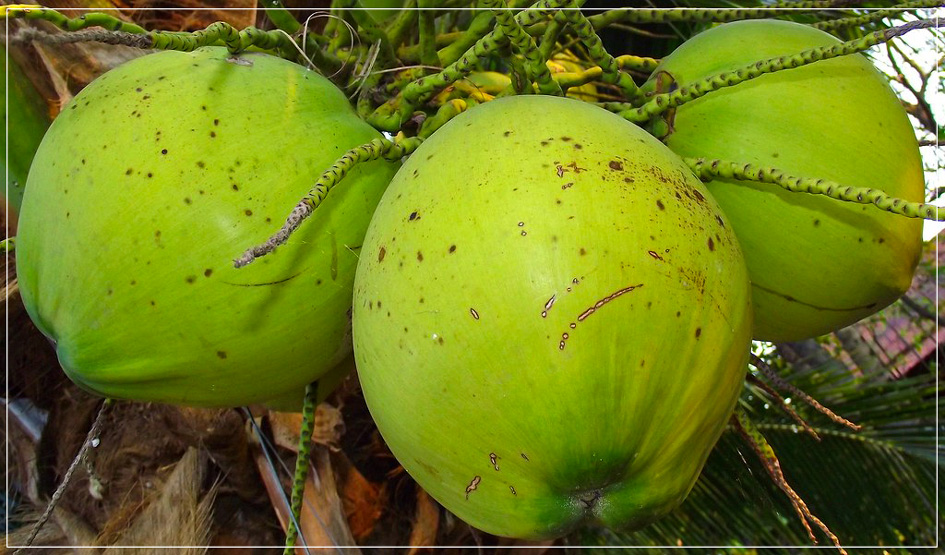
WHAT IS THE BEST TIME TO VISIT THE JUNGLE (Madre de Dios)?
The seasons are not so marked in the jungle since any day there may be the presence of rain or sunny days.
The jungle is a place that can be visited all year round, but of course, depending on the season it has advantages as well as disadvantages, such as in the dry season there is more opportunity to see macaws and parrots in the clay licks. In the rainy season, it is more pleasant to avoid hot temperatures.
WHY VISIT MADRE DE DIOS
Do you long to visit the jungle?
We encourage you to visit Madre de Dios because:
- It is the continuous region of Cusco, therefore it is close to the world wonder (Machupicchu) and the imperial city of Cusco.
- It is home to one of the largest national parks in Peru.
- You can enjoy a variety of flora and fauna in the parks that the region houses.
- You will have a vacation in complete connection with nature.
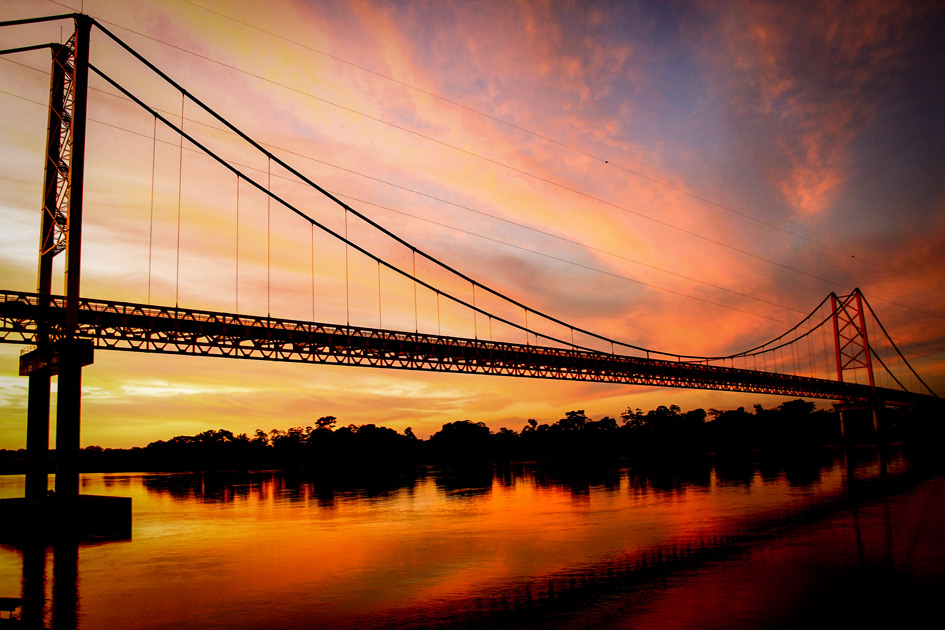
X TRAVEL PERU has the right tours for you!
HOW TO GET TO MADRE DE DIOS
Land route:
- Cusco to Puerto Maldonado – 8 hours approximately.
- Arequipa to Puerto Maldonado – approximately 11 hours.
Airway:
- Cusco to Puerto Maldonado – 30 minutes approximately.
RECOMMENDATIONS TO VISIT THE JUNGLE
- The jungle can be visited throughout the year, but it is generally recommended to visit between the months of May and September since we have less rainfall.
- The most advisable thing is to take the organized and authorized services of a specialized agency.
- It is recommended to wear long and loose clothing, use repellent and stay in the center of the paths to avoid mosquito bites.
- To better visualize wildlife you should always stay close to the tour group led by your guide.
- It is important to have the flash of the cameras turned off so as not to disturb the animals.
- In addition to a camera carrying binoculars, it is better for good observation of wildlife.
WHAT TO BRING TO WALK THROUGH THE JUNGLE
- Rain clothes.
- Suitable shoes.
- Insect repellent.
- Flashlight.
- Drinking water bottle.
- Carry only what is necessary.
- Sunscreen.
- Hat and sunglasses.
- Flip flops.
- Bring local currency for any extra purchase you want to make.
- Finally, it is important to wear an extra polo shirt, since due to the temperature in the jungle, people tend to sweat and make the polo shirt wet.

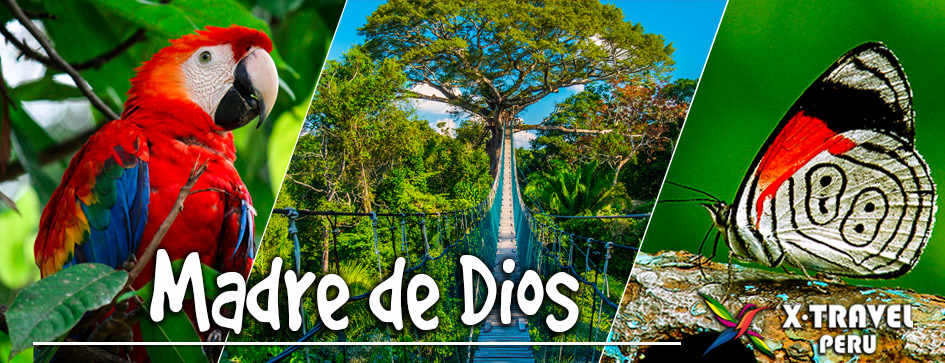

Leave a Reply